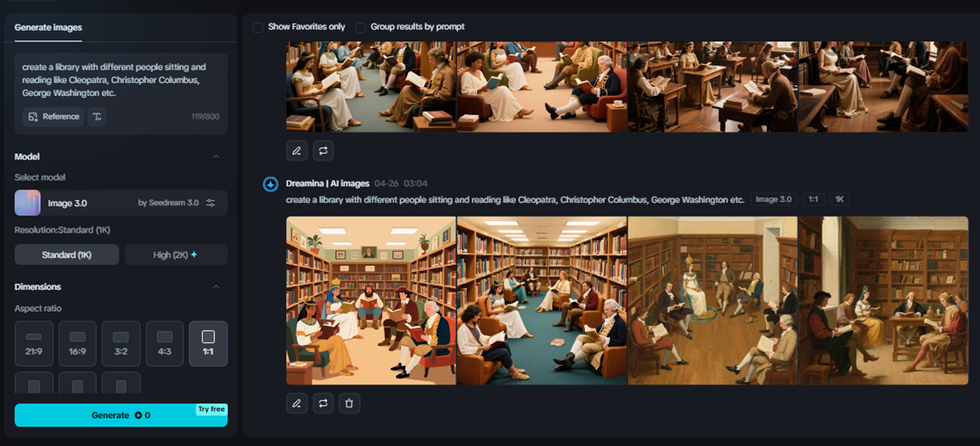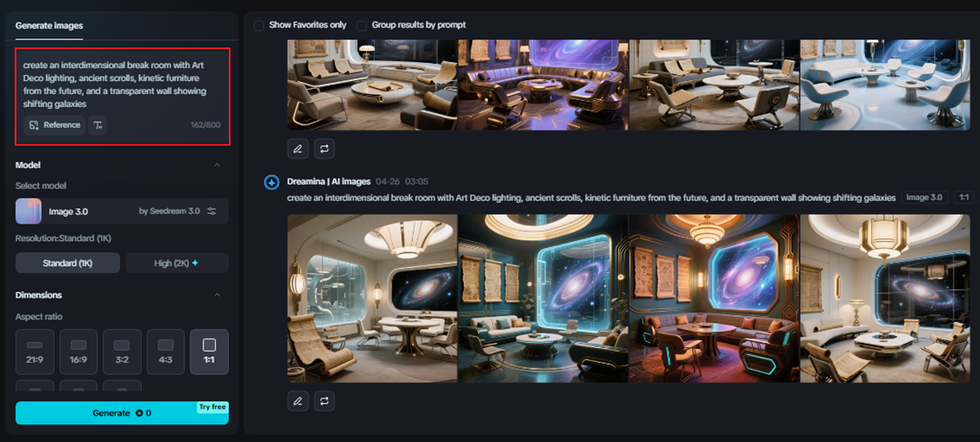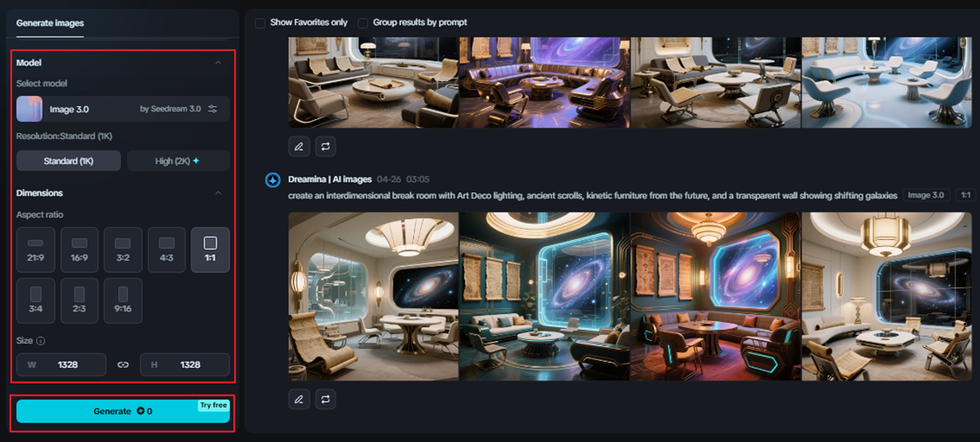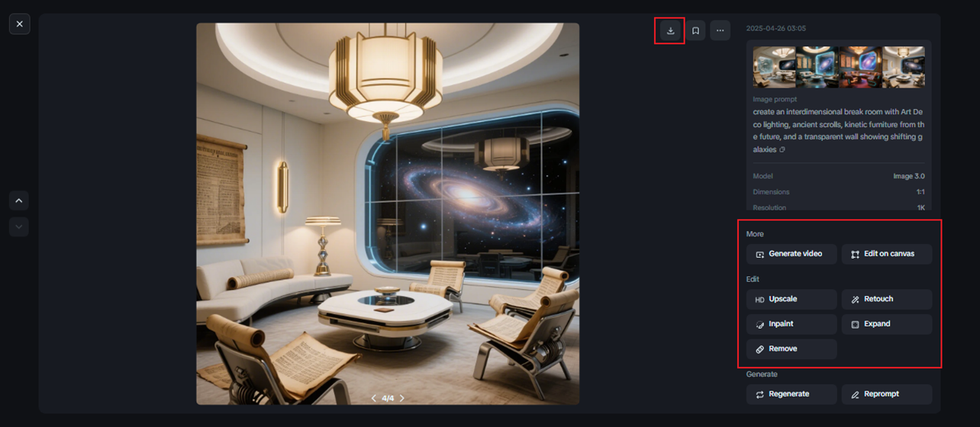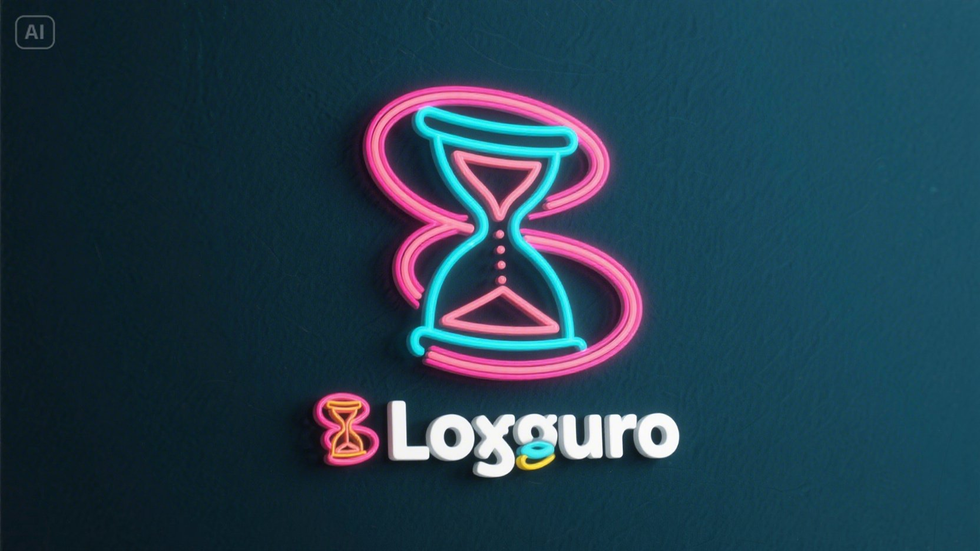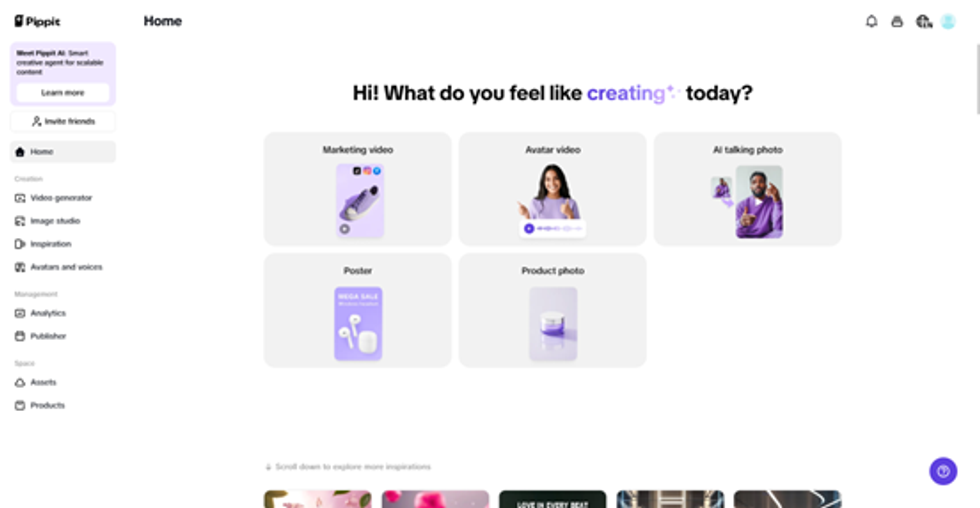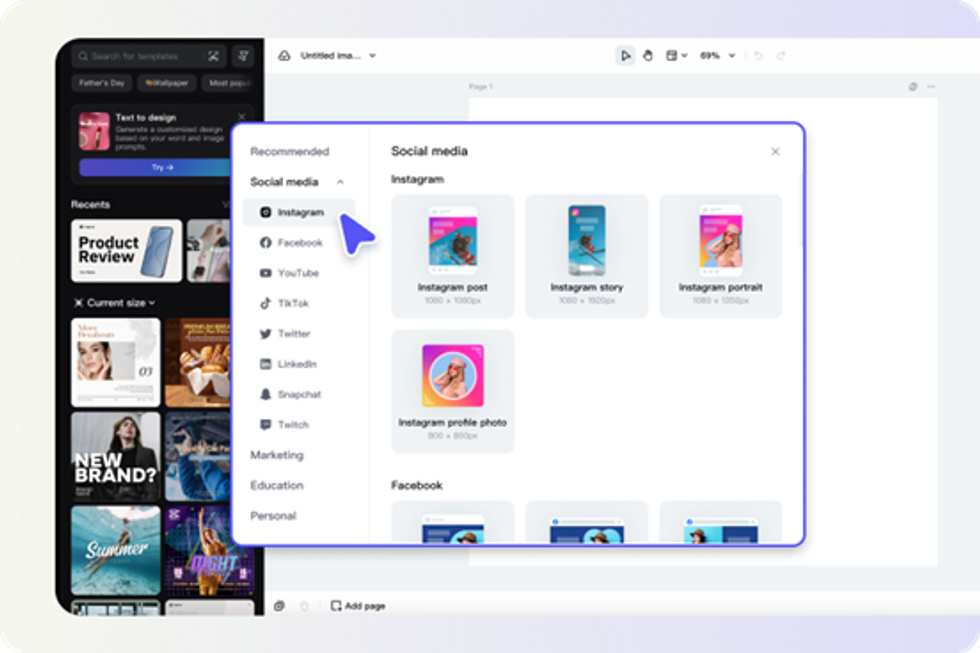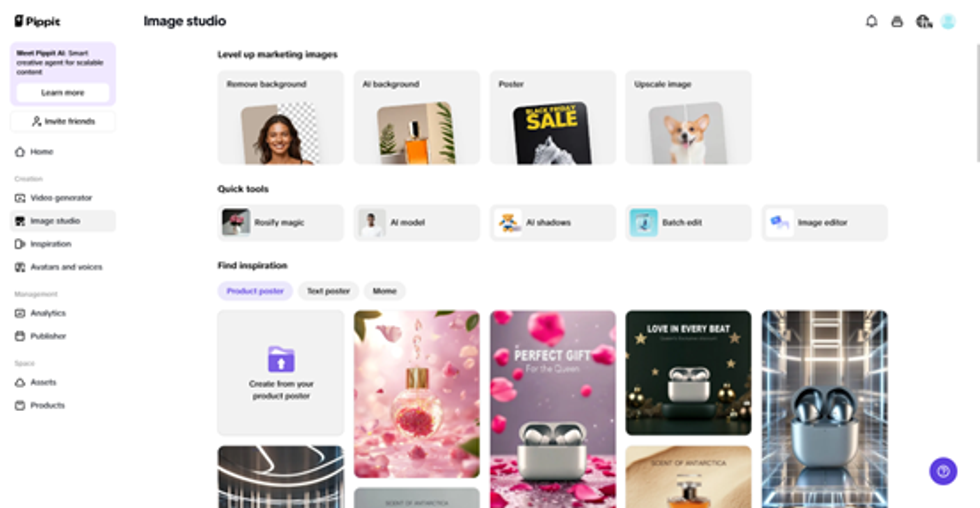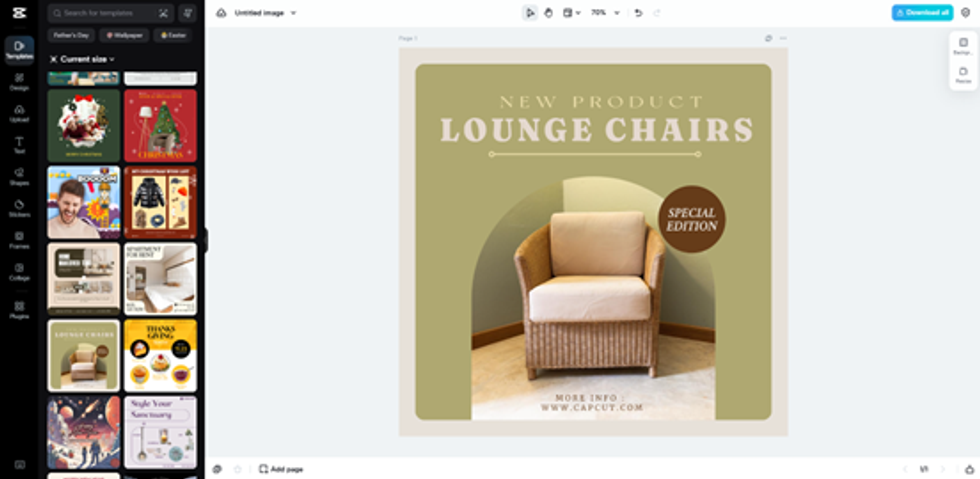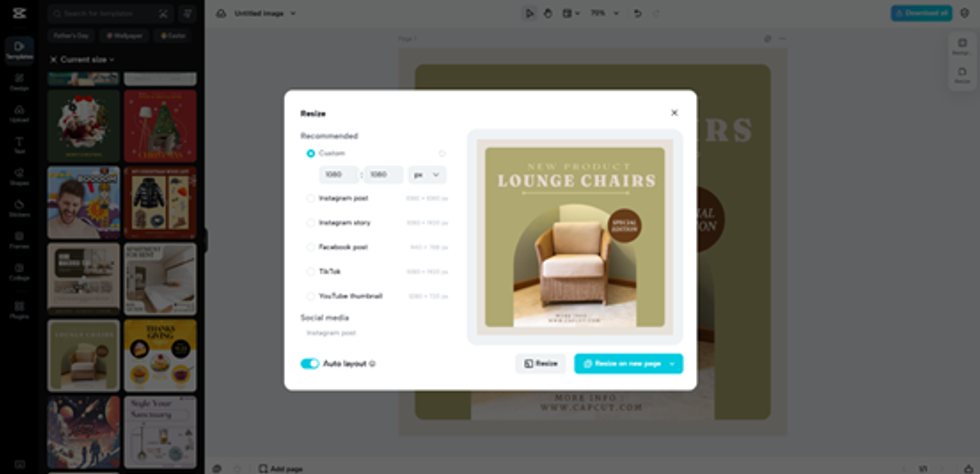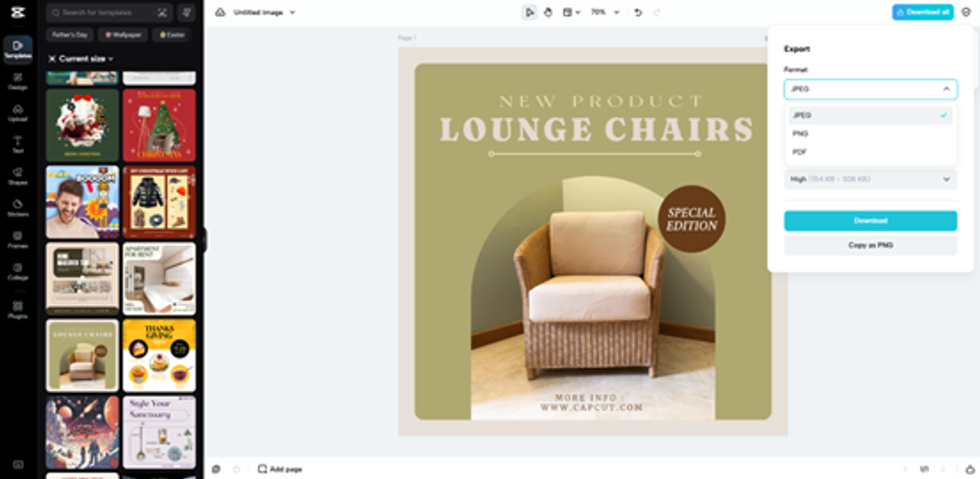As you probably already know, the internet is full of marketing advice. One person swears by email newsletters. Another says TikTok is non-negotiable. Someone else is shouting about billboards or podcast ads. The options are endless, and the pressure to do everything, everywhere, all at once can make any business owner feel like they are spinning on a marketing hamster wheel.
But here’s what people do not say enough: not every tactic is meant for every business. Just because a sticker company went viral on Instagram does not mean the same magic will work for a handmade soap brand in a sleepy lakeside town. And that is okay.
Besides, what about storytelling in your marketing strategy? You better believe there are some businesses that are taking stories from other businesses and using them as their own (which is a terrible idea by the way). Honestly, just trying to copy-paste someone else’s strategy is like borrowing their shoes and hoping they will fit perfectly. Most times, they don’t.
Marketing that actually works tends to feel like an extension of what your business already does well. Essentially, it’s something that amplifies, not disguises. So if a strategy feels like it’s making you become someone else entirely (well, a whole other brand or business), then it might not be the right one to bet on.
Know What You’re Trying to Achieve
Okay, so for starters, marketing with no goal is like baking without a recipe. It might smell good, but it probably will not rise. Before doing anything, ask what you are actually trying to make happen. Is it getting more locals through the door? Is it having people sign up for a free trial? Is it booking more calls?
Well, each goal comes with a different approach. If you are running a small-town boutique, a local newsletter and a friendly event could go further than a sleek Google ad. But if you are selling digital art prints to a global crowd, your audience is probably scrolling social media more than browsing flyers. So, just to sum it all up a little easier, just pick your moves based on what you want, not what looks trendy.
Get Really Clear on Your Audience
Now there is a huge difference between marketing to “people who love skincare” and marketing to “exhausted mums who want five minutes of peace and a really good face mask.” So, the clearer you are about who you are talking to, the easier it is to figure out how to reach them.
Actually, this is where some businesses go wrong. They try to speak to everyone and end up saying nothing useful to anyone. So many businesses do this, and so many just won’t learn their lesson. The magic happens when you understand where your people are, what makes them pause mid-scroll, and what kind of voice they trust (all these things that might seem menial do make a big difference).
That is when your marketing stops feeling like a shot in the dark and starts landing where it matters. But of course, it also helps to think beyond demographics and into daily routines. Where are your people hanging out online at 8 p.m.? What frustrates them at 3 p.m.? What sort of pain points are they dealing with throughout the day (because it’s never just one). So, that level of insight leads to messaging that actually gets remembered instead of scrolled past.
Start Small and Experiment
You need to keep in mind that doing all the things at once is a recipe for burnout. Instead, pick one or two strategies, try them properly, and see what sticks. Maybe you film five short videos and post them over a month. Maybe you send out three emails with real stories and a decent subject line. But really, just give it an honest go, track what happens, and decide what is worth continuing.
And yeah, it helps to know the different types of marketing that exist. That alone means that there’s going to be plenty of options for you. Plus, this actually does give you the chance to experiment to finally see what works best. But really, you do not need to be an expert in all of them, but understanding the basic toolkit helps you make sharper choices.
Pay Attention to What Already Works
Sometimes the gold is hiding in plain sight. If you are getting referrals on a regular basis, then creating a referral reward might do wonders. If your Instagram inbox is always buzzing, that could mean it is worth doubling down on that platform. If your blog post from two years ago still brings traffic, maybe it is time for a fresh one just like it.
Also? If a tactic feels like pulling teeth every single time, it is probably not the one for you. There is nothing noble about suffering through marketing. If something works and does not make you miserable, that is a solid sign. Okay, so that being said, just because something is working doesn’t mean it can’t be improved. Now, it can’t be stressed enough, but those small tweaks, like changing the CTA wording or switching the time you send emails, can take something from decent to great without a full strategy overhaul.
Do Not Confuse Visibility with Effectiveness
Last, but this one is definitely far from the least! Okay, so the loudest strategy is not always the most effective. A post that goes mildly viral might not move the needle nearly as much as a thoughtful email that five people actually read and click through. It is not about being the noisiest. It is about being useful, relevant, and easy to remember.
Essentially, chasing clout is fun until it wears you out and still leaves you broke. That’s exactly why you’re better off just keeping your eyes on what drives results, not what racks up likes. Sometimes the best marketing is quiet, steady, and surprisingly low-tech.
While sure that Instagram Reel or TikTok might get 10,000 views, or even more, but if none of those people buy, it’s a digital round of applause with no paycheck. Yeah, it is far more common than you actually think. So don’t think that viral marketing is always the answer, because it’s usually not the answer. Why have tens of thousands see your content that don’t care about it when you can have hundreds that actually do? That’s exactly why effective marketing doesn’t just get attention, it gets action.


















